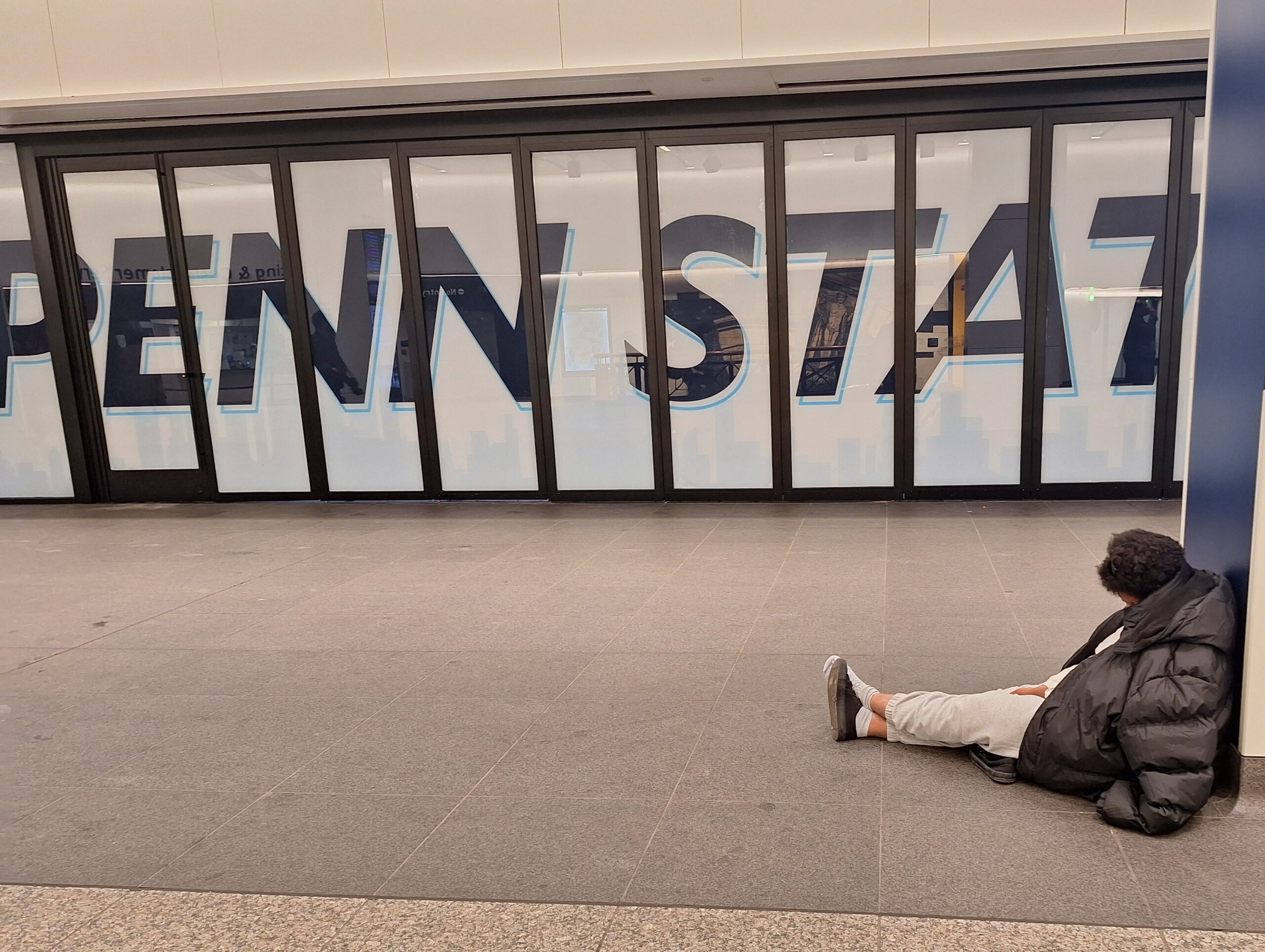The municipal government of New York City announces that of a group of 100 New Yorkers, who lived on the streets in the Big Apple, who were “on the radar” for suffering from very serious mental illnesses and were very difficult to approach, already 50 They are under medical care and with a stable home.
This advance is announced after a year of the launch of a controversial municipal plan for psychiatric help for the homeless, driven by a series of violent events recorded at the Subway, associated with the mental health and affordable housing crisis that floods the city. city.
This balance of the Behavioral Health Working Group, according to official accounts, represents a 145 percent increase in this type of approach, compared to the previous year. And it is associated with the creation of a monitoring process for psychiatric patients who wander through public spaces.
Additionally, it is noted that hundreds of homeless New Yorkers, presumed to suffer from serious untreated mental illnesses, have been connected to hospitals for evaluations.
“A year ago, we pledged that the days of ignoring the mental health crisis on our streets were over,” Mayor Eric Adams celebrated.
The strategy is based on specially training first responders, putting psychiatric beds online and strengthening coordination between different municipal agencies.
Meanwhile, the mayor announced Wednesday that staff trained to connect with homeless people have referred 70 percent more homeless people to shelters during fiscal year 2023, compared to fiscal year 22.
City data indicates that approximately 1,000 people have been moved from psychiatric stabilization beds to permanent housing during FY23.
Before the coming winter, the Mayor’s Office will be incorporating more specialized personnel to help those who live on the streets move to safer spaces and conditions.

In key with the state of New York
To achieve this goal, which has been one of the Big Apple’s biggest challenges for decades, especially in extreme cold seasons, City agencies have partnered with the Metropolitan Transportation Authority (MTA) to ensure that New Yorkers who need prolonged hospitalization, to stabilize their lives, have access to that care.
Through a partnership with the New York State Office of Mental Health, the City is transferring patients to the new State Transitional Housing Unit, which provides extended care and is designed to facilitate the transition to permanent supportive housing .
The municipality has also opened an Extended Care Unit for this population at H+H Hospital in Brooklyn, building on the results of the existing Extended Care Unit at Bellevue Hospital.
Finally, the Mayor’s Office also announced that all psychiatric beds in the City’s public hospitals, closed during the COVID-19 pandemic, would be back in service by the end of this year, which would increase the total capacity of psychiatric beds in the Big Apple to 1,000 beds.
For her part, Molly Wasow Park, the Commissioner of Social Services of the City of New York (DSS), said that as progress is made on the path towards stability and permanent housing for the most vulnerable New Yorkers, there is seeing the “impact of unprecedented investments” in specialized beds and outreach resources.
Focusing on Subway
These measures and others addressed, particularly in the underground transportation system, began last year after a series of crimes and situations of violence carried out by people with mental problems.
These concerns were raised in part by a string of high-profile crimes on the subway, including a mass shooting on April 12, 2022 in Sunset Park and the random murder of a Spanish Goldman Sachs worker. Both involved had a history of psychiatric conditions.
In the first five months of 2022, the New York Police Department (NYPD) considered that up to that point, of the 100 people arrested for hate crimes in the Big Apple, more than half had previously been classified as “ emotionally disturbed.”
Data from a crisis:
- 6,000 vulnerable New Yorkers have been housed in shelters since the subway safety plan was launched in February 2022, an initiative in which outreach teams and police officers patrol the transit system, based on municipal data.
- 7.4% of the 363,026 adults accessing licensed mental health services in New York City were homeless before the pandemic. That was more than 27,000 people.
